
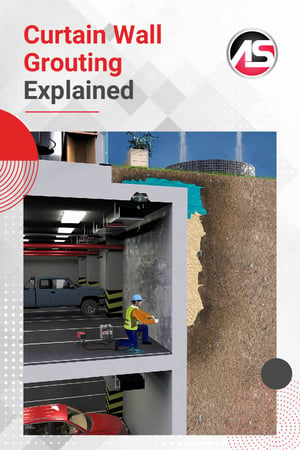 Editor's Note: This article is an updated edition of Charlie Lerman's 2017 article, Crack Injection and Curtain Wall Grouting - Part 3.
Editor's Note: This article is an updated edition of Charlie Lerman's 2017 article, Crack Injection and Curtain Wall Grouting - Part 3.
What is Curtain Wall Grouting and Why is it Effective?
Curtain wall injection is the process of drilling holes through a structure in a diamond pattern, then injecting the grout into soil on the other side. This procedure creates a curtain wall made of a resin/soil mixture that prevents water from getting back into the structure. It is often required if there are multiple cracks or leaks in a wall. Filling each individual crack may cause you to waste time following the water from crack to crack. Curtain wall grouting allows you to stop multiple leaks at one time and protects the structure on a long term basis.
This procedure was first performed in 1960 on a sewer manhole with a multiple leak problem. As described above, chemical grout was injected through to the outside of the manhole. This created a “positive side seal” (on the side the water was coming from), blocking water from penetrating the joints of the structure.
This method is still used today. It is effective on structures constructed from a wide variety of materials, including wood, steel, concrete, rubble walls, stone, block and brick.
A Brief Overview of the Curtain Wall Grouting Process
Step 1. Injection holes are drilled in a diamond grid pattern.
Step 2. Grout injection begins at the bottom of the wall.
Step 3. Grout is then injected a little higher, so that any excess grouts flows down over the previous injection area. This creates a lapping effect, like shingles on a roof.
Step 4. Injection continues to the top of the wall.
Other Situations Requiring Curtain Wall Grouting
In addition to the “too many leaks” scenario, curtain wall grouting may be required when all cracks cannot be identified in a leaking wall, when previous crack injection has failed, or when a structure has a negative crack injection history. It is also used in masonry, dealing with stone and CMU walls that do not crack inject well.
Material selection is based on various factors such as soils, voids, and moisture conditions. Call us at 404-618-0438 to discuss which material is right for your curtain grouting project.
Alchemy-Spetec Curtain Wall Grouting Products
Spetec PUR H100
Spetec PUR H200
Spetec PUR HighFoamer
Spetec AG200
Want to learn more about this procedure?


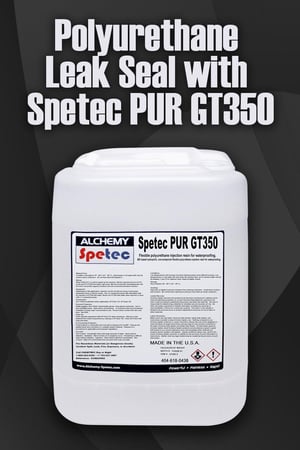 What Makes Spetec PUR GT350 Unique?
What Makes Spetec PUR GT350 Unique?


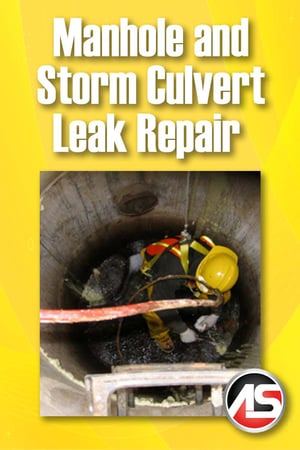 Editor's Note: This article is an updated edition of Charlie Lerman's 2017 article, Crack Injection and Curtain Wall Grouting - Part 4.
Editor's Note: This article is an updated edition of Charlie Lerman's 2017 article, Crack Injection and Curtain Wall Grouting - Part 4.

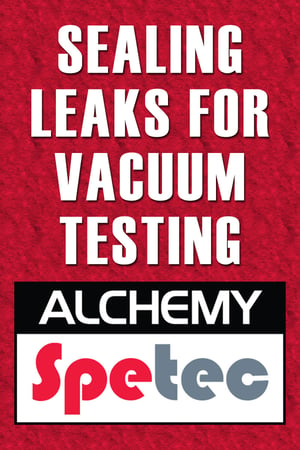 Some municipalities use a method called vacuum testing to identify potential leaks in their newly constructed manholes and pipes. Leaks can be caused by honeycombed concrete, deflected joints, and poor installation of boots. Sometimes precast units can be cracked by heavy equipment during the installation and backfilling process. Municipalities can implement vacuum testing to ensure that the taxpayer is not footing the bill for a system that will fail and require costly repairs down the line.
Some municipalities use a method called vacuum testing to identify potential leaks in their newly constructed manholes and pipes. Leaks can be caused by honeycombed concrete, deflected joints, and poor installation of boots. Sometimes precast units can be cracked by heavy equipment during the installation and backfilling process. Municipalities can implement vacuum testing to ensure that the taxpayer is not footing the bill for a system that will fail and require costly repairs down the line.
 Editor's Note: This article is an updated edition of Charlie Lerman's 2017 article, Crack Injection and Curtain Wall Grouting - Part 3.
Editor's Note: This article is an updated edition of Charlie Lerman's 2017 article, Crack Injection and Curtain Wall Grouting - Part 3.

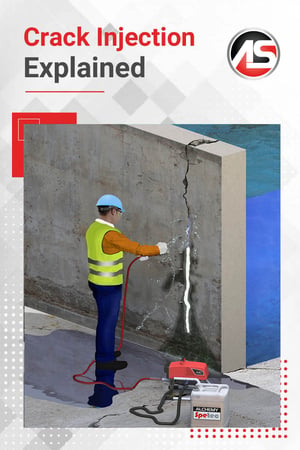 Editor's Note: This article is an updated edition of Charlie Lerman's 2017 article, Crack Injection and Curtain Wall Grouting - Part 2.
Editor's Note: This article is an updated edition of Charlie Lerman's 2017 article, Crack Injection and Curtain Wall Grouting - Part 2.
 This article is an excerpt from
This article is an excerpt from 

 This article is an excerpt from
This article is an excerpt from 
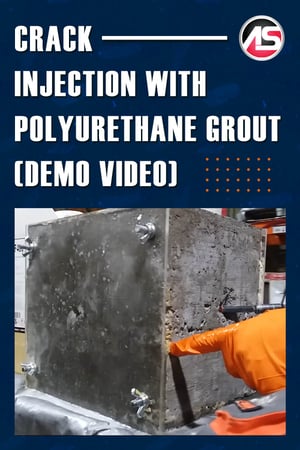

 Episode 11 of
Episode 11 of 
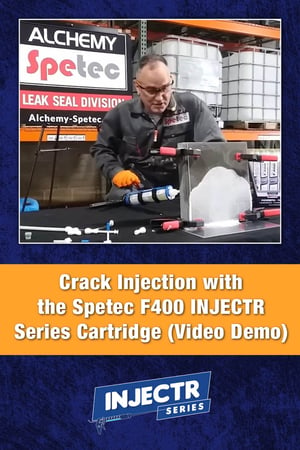 Spetec PUR F400
Spetec PUR F400